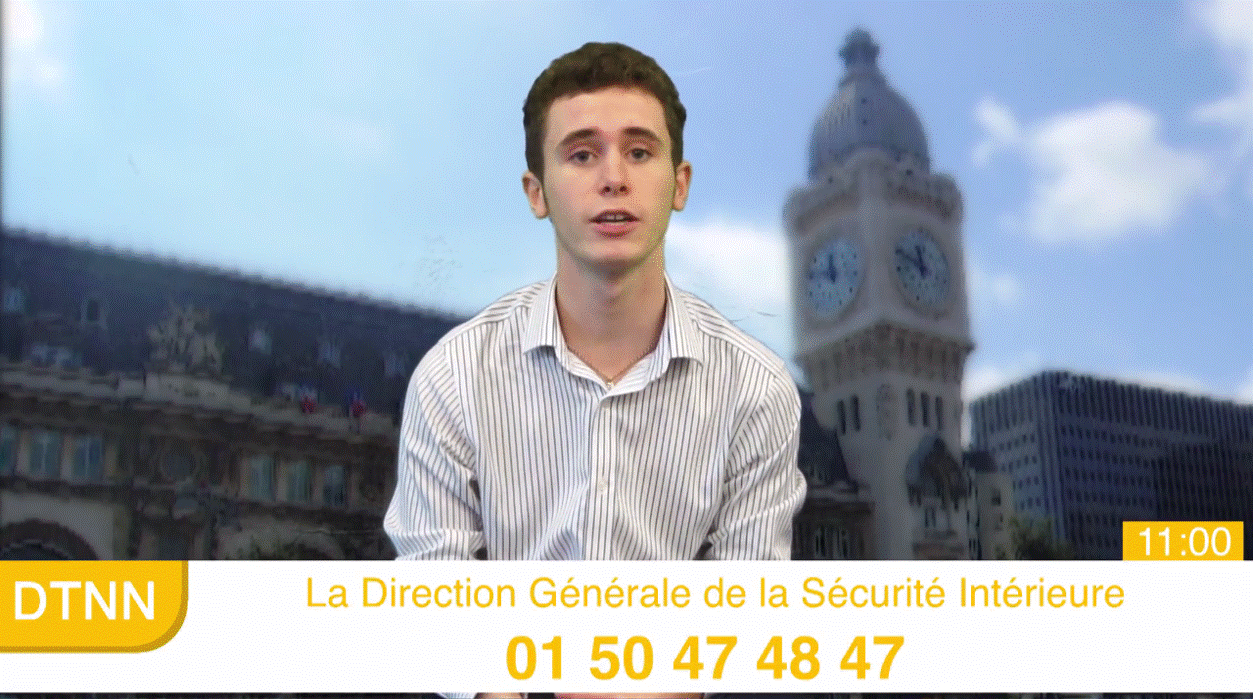
A2 Production Evaluation
Fraser Saunders
Conventions were developed to ensure that our film did not conform to all conventions and so would interest audiences.

Music
The non-diegetic music accompanying the trailer is bespoke and was composed specifically for the trailer to Controlled. Therefore, we could analyse trailers of similar genres to gain an understanding of their conventions and adapt these to create a score which suited our production. Films in the adventure genre usually have a soundtrack which slowly increases in tempo and volume to build suspense. Our trailer follows this structure, but the instruments used challenged the conventions of real media texts. Our production’s music is fronted by an electric guitar, whereas traditionally a film’s trailer features an orchestral piece with a strong drumbeat. The trailer for Indiana Jones and the Temple of the Crystal Skull is a prime example of a trailer using traditional cinematographic music. This development of the usual conventions of a trailer engages audiences as this a different experience to the norm. This also reflects the unpredictability of the narrative throughout our film.
Cross-Cutting
We developed the conventional use of cross-cutting in film trailers to show three different interlinked characters simultaneously. Film trailers largely focus on the protagonist alone, but as our film revolves around the control of a number of different characters we needed to show this in our trailer. Cross-cutting is used to show different scenes throughout a film in an often non-chronological montage of clips. However, our trailer uses cross-cutting to introduce different characters’ narratives concurrently, though the development of other conventions helped to distinguish the roles of the different characters. High-key lighting is used with shots featuring the protagonist, and low-key lighting used for the antagonist. This is typical, though I developed the use of lighting in our trailer by completely removing the light from the ‘controller’ to leave them seen as a silhouette by audiences, leaving their identity fully hidden. This reflects their unknown agenda in a postmodern manner and leaves the audience seeking more information. The trailer for Harry Potter and the Deathly Hallows – Part 2 uses differential lighting in the conventional way.
Newscasters
In order to begin our trailer in a captivating way, we featured newscasters informing the audience of the situation surrounding the characters. We developed this from scenes like those found in the trailer for Morning Glory, where television presenters are shown as though they are broadcasting to a television audience. However, in our trailer, we feature hosts from three different countries to illustrate how widespread the issue is. Although these characters have no translatative subtitles, the context is implied but the audience may still feel unnerved by their lack of understanding.
Question 1